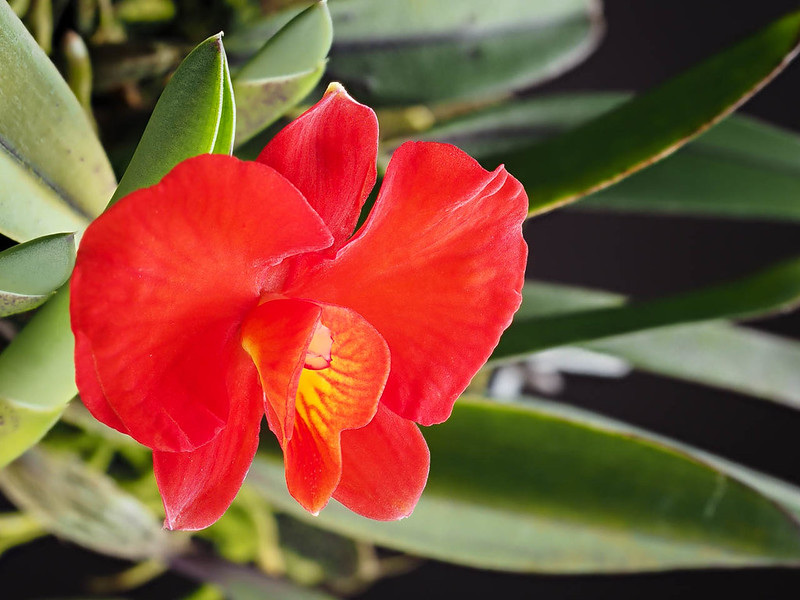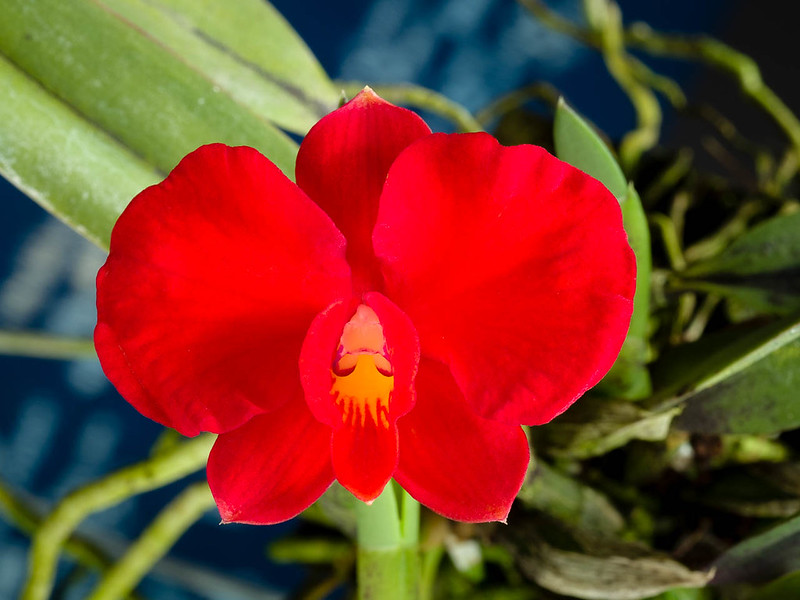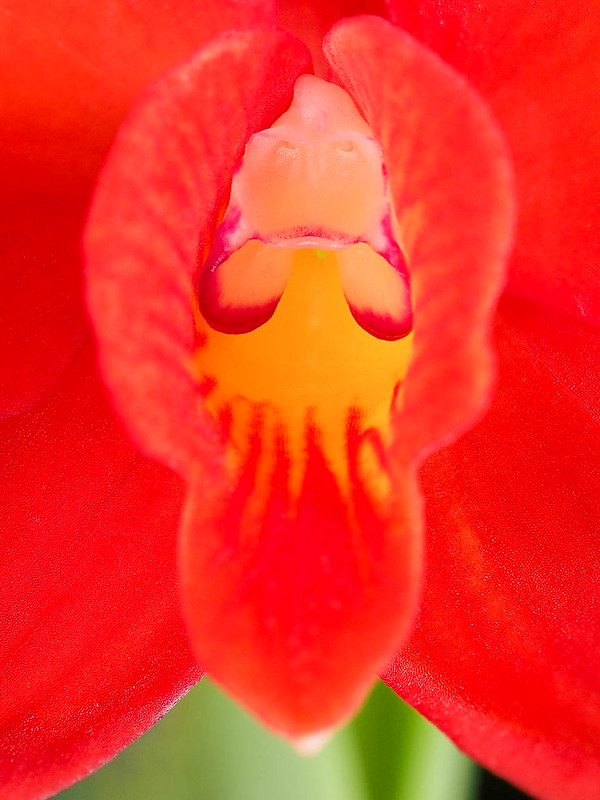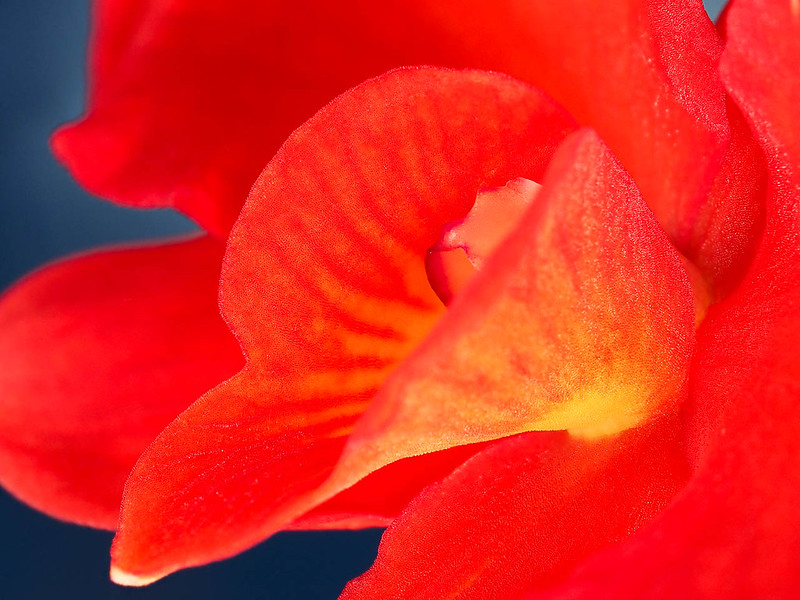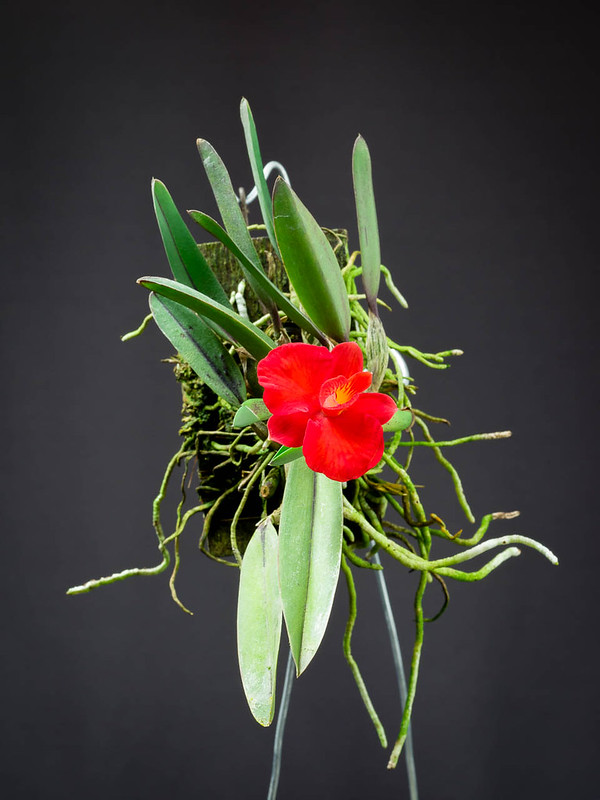For the genus name, I've read a couple of van den Berg et al's works, and I do have a mixed feeling about lumping, too. They have only 2 genes, and there are conflicts in the phylogenies between the two genes (probably due to ancient hybridization). It isn't that difficult to look at more regions in this genomic era. But instead of getting more data, lumping them into Cattleya is a safe, but lazy way.
One of the argument against dividing is that they need to create many genera, and it would be messy with nothogenera in horticulture. I personally (and scientifically) don't care about those artificial hybrids.
The other argument was that the nomenclature is stable even though we get new information to understand the relationships within Cattleya as a big group. They can simply update the subgenus affiliation without changing the binomial names. This is kind of true. My current thinking is that we will be happier with the easier and lazier solution (Cattleya as a larger group) in a long run because of the stability. So it is not great to lose the nice, distinctive grouping like Sophronitis from the species name, but it can be used as a subgenus/section/series classification.
